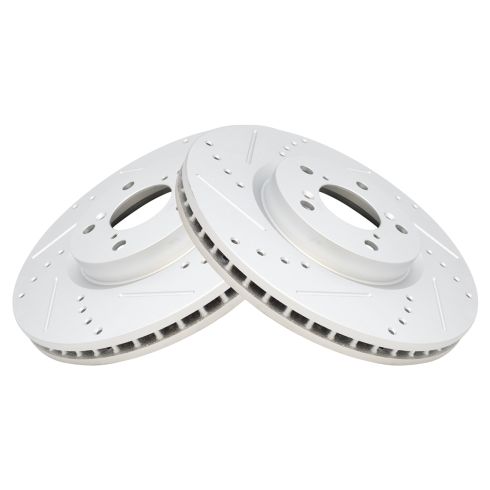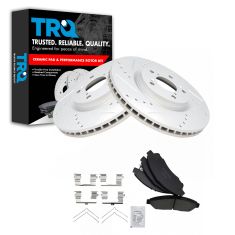1APBR00992-Honda Pilot Acura MDX RLX ZDX Front Driver & Passenger Side 2 Piece Performance Brake Rotor Set TRQ Performance BRA74726

Replaces
2014 Acura RLX Sport Hybrid SH-AWD Front Driver & Passenger Side 2 Piece Performance Brake Rotor Set TRQ Performance BRA74726

Product Reviews
Loading reviews
5.00/ 5.0
3
3 reviews
Rotor/pad replacement
August 23, 2021
Items arrived on time and in good order. Easy to replace pad and rotors, and the 1aauto videos are really helpful. For them to go to the trouble to provide step-by-step instructions is one reason I buy my products from them.
[{"url": "https://wac.edgecastcdn.net/001A39/prod/media/pNISJll75W64CYGsite/6b8739013ad9ffc076b6ab0413856f0f_1690355889522_0.jpeg", "caption": ""}]
July 26, 2023
Perfect fit and good quality and good price
Excellent Rotors
July 22, 2024
Excellent, long lasting rotors for our Honda Pilot. Great braking performance and no warping. Currently on our second set. Highly recommend these rotors.
Customer Q&A
No questions have been asked about this item.
Acura is a registered trademark of Honda Motor Co., Ltd.. 1A Auto is not affiliated with or sponsored by Acura or Honda Motor Co., Ltd..
See all trademarks.












